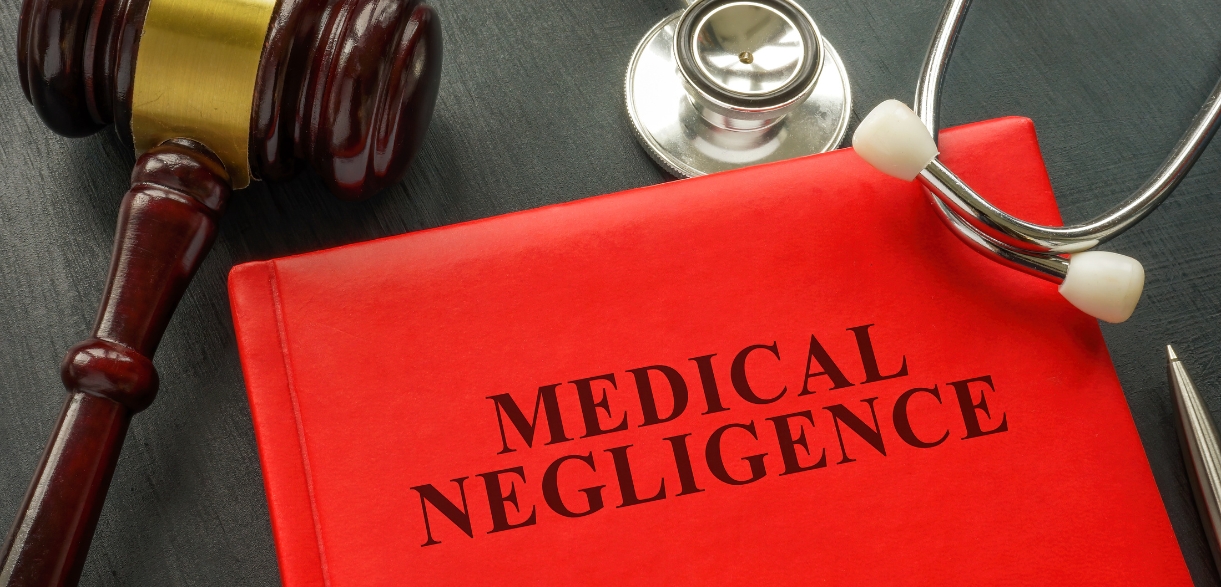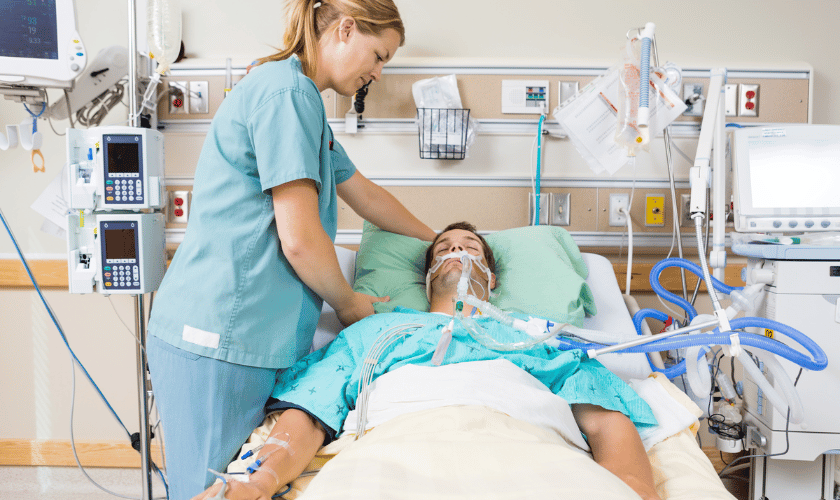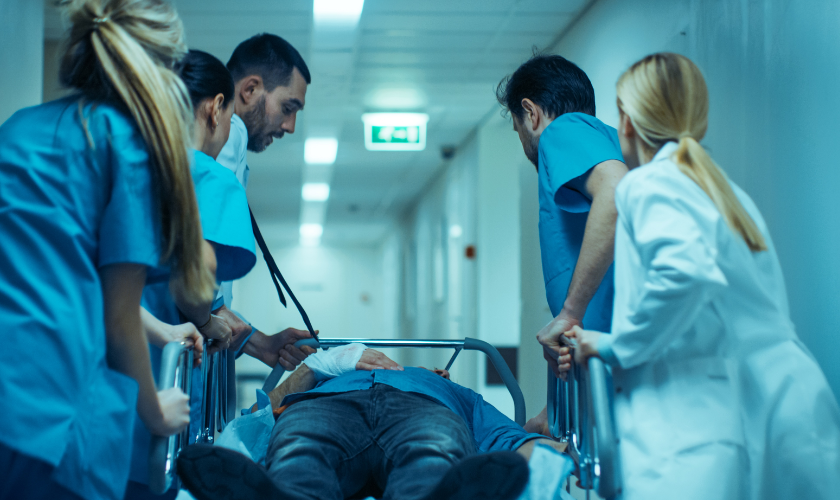
Hospital negligence cases can be incredibly complex, but they often start with one crucial factor: evidence. Without the right evidence, proving negligence or malpractice becomes an uphill battle. Whether you’ve suffered from a misdiagnosis, improper treatment, or substandard care, gathering solid evidence is the key to building a strong case.
In this guide, we’ll break down the types of evidence you need to win a hospital negligence case and explain how each piece of information plays a critical role in securing justice.
From medical records to expert testimony, every detail matters. The evidence you collect not only supports your claim but also helps establish the standard of care you should have received. Knowing what to look for and how to collect it can make all the difference in the outcome of your case.
In the following sections, we’ll dive into each type of evidence you’ll need, providing clear steps and tips on how to gather and preserve them. Let’s get started on building your case and securing the compensation you deserve.
Medical Records: The Backbone of Your Case
When it comes to hospital negligence, medical records play a crucial role in proving your case. These documents offer a comprehensive history of your treatment and care, providing essential details about what happened during your hospital visit. Properly reviewing your medical records can reveal discrepancies, lapses in care, or failure to follow standard protocols—all of which are key elements in negligence claims.
- Key Sections of Medical Records: Focus on vital sections such as admission records, diagnosis, treatment plans, medication charts, and discharge instructions. Look for any missed steps or treatments that should have been administered.
- How They Highlight Negligence: If the records show a failure to follow medical guidelines or an unusual delay in treatment, it strengthens your case. Documentation of complications that weren’t addressed properly can indicate negligence.
- How to Obtain and Interpret Medical Records: To obtain these records, request copies from the hospital directly, keeping in mind the process might require a written request or consent form. Understanding the terminology and interpreting what’s missing or incorrect in the records might require the help of a healthcare professional or hospital negligence lawyers near Springfield.
Collecting and reviewing medical records is essential for your claim. It provides concrete evidence that directly links negligence to your injuries.
Expert Testimony: Expert Witnesses in Hospital Negligence
Expert testimony serves as a cornerstone in proving hospital negligence. These professionals help clarify complicated medical issues for the court, providing their expert opinion on whether the care provided met the acceptable standard. Without an expert witness, it can be challenging to prove that the hospital’s actions—or lack thereof—led to your injury.
- Importance of Expert Witnesses: Expert witnesses bridge the gap between complex medical facts and the legal process. They help the court understand if the healthcare provider failed to follow standard medical practices.
- Establishing the Standard of Care: Medical experts testify about what a qualified healthcare provider would have done in your situation, establishing the baseline against which the defendant’s actions are judged.
- Examples of Expert Testimony: For example, a surgeon might testify that a procedure was done incorrectly or a nurse might explain why the standard of care for monitoring a patient was not followed, leading to complications.
In hospital negligence cases, expert witnesses can make the difference between winning and losing. Their input strengthens your case by clarifying medical facts in a way that’s easy for a judge or jury to understand.
Witness Statements: Who Can Help Your Case?
Witnesses play a vital role in proving hospital negligence. Their statements can help confirm your version of events, providing an additional layer of credibility to your claim. Whether it’s medical staff or fellow patients, each witness can provide insights that may otherwise go unnoticed.
- Role of Witnesses in Establishing Negligence: Witnesses can confirm or dispute specific aspects of the care you received. They can help establish if standard procedures were not followed or if actions taken by hospital staff were improper.
- Types of Witnesses: The most valuable witnesses include medical staff such as nurses, doctors, and technicians who directly interacted with you. Other patients who were present during the incident can also provide testimony, as can family members or friends who observed the aftermath of the negligence.
- How They Contribute to Proving Negligence: Their testimony can support the timeline of events, the actions of hospital staff, and the physical effects of the negligence on your health. All of this helps strengthen your case by providing corroborative evidence.
Witness statements are powerful. They offer independent perspectives that may directly refute the hospital’s defense, making them indispensable in your pursuit of justice.
Photographs and Video Evidence: Visual Proof of Injury or Mistreatment
Visual evidence such as photographs and videos can serve as undeniable proof of your injuries or mistreatment. In cases of hospital negligence, images can capture the extent of physical harm, show errors in medical treatment, or reveal unsanitary conditions that contributed to your injury.
- How Photos and Videos Capture Evidence: Photos of your injuries or the conditions in the hospital can demonstrate the severity of harm caused by negligence. Video footage can also be pivotal, especially if it documents any inappropriate behavior by medical staff.
- Types of Visual Evidence: Take photos of visible injuries, surgical sites, medical equipment, or any hospital conditions that seem unsafe. Videos of the treatment process or the physical state of the hospital facility can also be highly impactful.
- Legal Considerations: When using photos or videos, make sure they are clear, time-stamped, and properly archived. Consent issues may arise when using video footage from hospital cameras, so always consult your attorney to ensure the evidence is admissible.
Using visual evidence can dramatically enhance your hospital negligence case by providing an unambiguous portrayal of the harm caused. It turns a subjective story into undeniable facts.
The Role of Internal Hospital Documents
Internal documents from the hospital, such as policies, procedures, and incident reports, can reveal the hospital’s negligence. These documents often provide insight into the practices or systems that contributed to the incident.
- How Internal Documents Reveal Negligence: Incident reports, internal audits, or risk management records can show where the hospital failed to follow established procedures or protocols. If the hospital’s own internal review highlights mistakes or oversights, it can directly support your case.
- Understanding Hospital Practices: Many hospitals have strict policies in place to ensure quality care. If those policies weren’t followed, it strengthens your claim of negligence. Documents that show the deviation from standard practice are crucial.
- How to Access Internal Documents: Obtaining these documents may require subpoenas or direct requests through your attorney. Legal professionals can help navigate the complexities of acquiring hospital records and interpreting what they reveal.
Internal hospital documents can provide invaluable support to your claim, especially when they expose failings that directly contributed to your injury or mistreatment.
Documentation of Communication: Emails, Letters, and Notes
Communication between healthcare providers and patients often becomes a crucial part of proving negligence. Emails, letters, and handwritten notes can reveal the failure to adequately address concerns, miscommunication, or inappropriate responses from medical staff.
- Importance of Written Communication: Written records from your doctor or hospital staff can demonstrate that necessary steps weren’t taken or that the care you received wasn’t in line with what you were told. Written documentation can help clarify what was promised, recommended, or ignored.
- How It Can Show Failure in Care: For example, a nurse’s notes may indicate that you were not monitored according to hospital protocols. Emails from doctors about missed diagnoses or delayed procedures can highlight the substandard care you received.
- Legal Implications: Documentation of communication can be critical in establishing a pattern of neglect. These documents can also be used to show that the hospital staff knew about the issues and failed to act accordingly.
Properly preserving and reviewing communication records can strengthen your case by revealing the hospital’s knowledge and failure to resolve the situation.
Additional Types of Evidence: Medical History, Test Results, and More
Your medical history and test results are often instrumental in proving hospital negligence. These documents can show patterns of misdiagnosis, improper treatment, or delayed care, all of which are essential to a negligence claim.
- How Medical History and Test Results Show Misdiagnosis: If your test results were ignored or misinterpreted, it could explain how a misdiagnosis or delayed treatment occurred. Test results that show abnormalities that weren’t acted upon support claims of negligence.
- Thorough Documentation of Tests, Scans, and Treatments: Keep detailed records of all medical tests, including scans, biopsies, and laboratory results. These documents can provide evidence that vital diagnostic steps were skipped or ignored.
- Supporting Negligence Claims: Comprehensive documentation of your medical history strengthens your claim. It can show how previous conditions were mishandled, or it can provide context for how the hospital’s failure to act led to worsening health.
Test results and medical history play a vital role in proving the negligence that led to your injury. These documents not only support your case but can reveal vital information overlooked by the hospital staff.
Steps to Gather Evidence Effectively
After experiencing hospital negligence, it’s essential to act quickly to gather and preserve evidence. Time is of the essence, and proper documentation can make or break your case.
- How to Collect and Preserve Evidence: Immediately collect photos, videos, and witness statements. Make sure to get copies of your medical records and request a copy of your incident report. Preserve all written communication with the hospital.
- Importance of Acting Quickly: Evidence can be lost or altered if you delay gathering it. The sooner you start the process, the stronger your case will be.
- Role of Your Lawyer: A qualified attorney can help guide you in collecting evidence, preserving it, and ensuring that all necessary documents are included in your case. They can also assist in securing expert witnesses and ensuring proper legal steps are taken.
Gathering the right evidence is essential for proving a hospital negligence case. From medical records to expert testimony, each piece of evidence helps build a stronger claim. The more thorough and organized your evidence, the better your chances of securing a fair settlement or winning in court. Remember, working with experienced legal professionals ensures that no crucial detail is overlooked. With the right approach, you can hold the responsible parties accountable and seek the justice you deserve.




